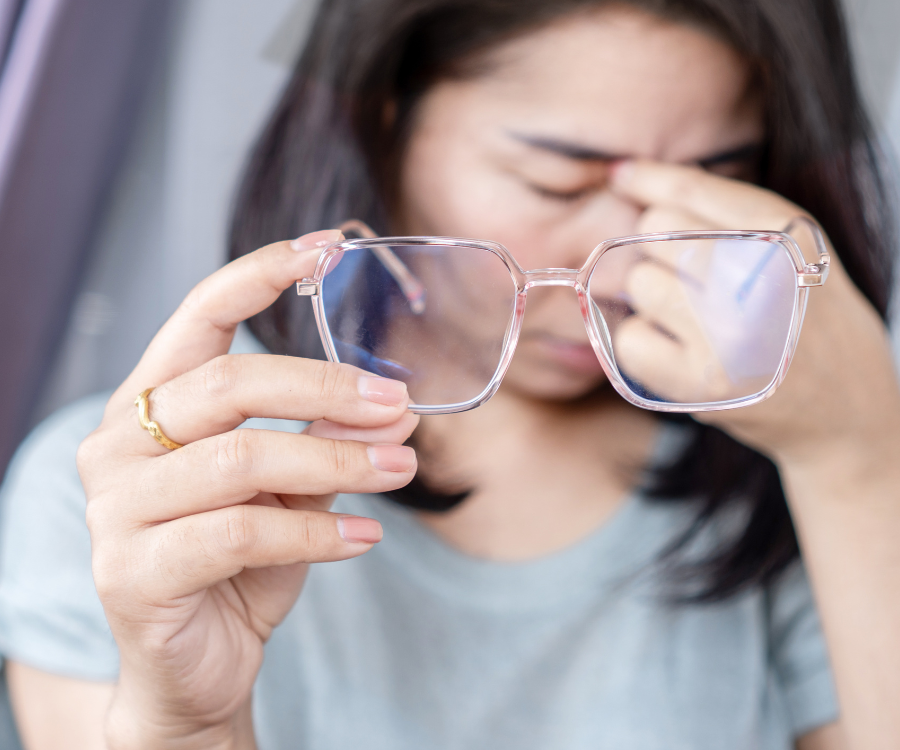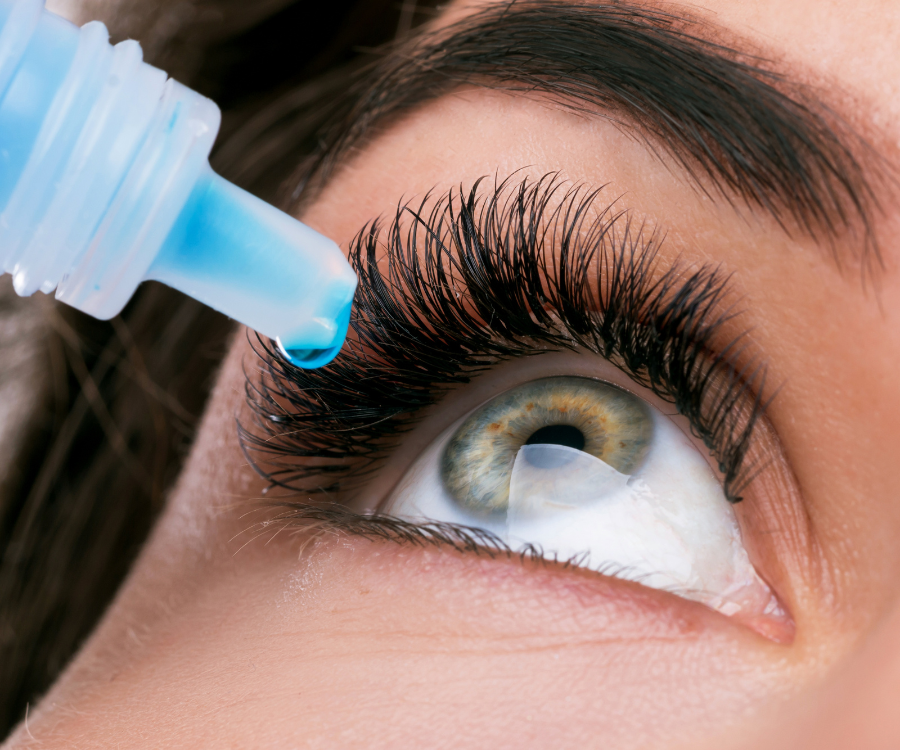Seeing Double? A Guide to Double Vision (Diplopia)
Have you ever looked at something and seen two of it? That disorienting experience is known as double vision, or diplopia. While it can sometimes be a temporary and harmless symptom of fatigue or a long day staring at a computer screen, persistent double vision can indicate a more serious underlying health issue. Understanding the causes and treatments is the first step toward finding relief.
What Is Double Vision and Why Does It Happen?
Normally, our two eyes work together in perfect harmony. They capture slightly different images, which the brain then seamlessly combines into a single, three-dimensional picture. Double vision occurs when this process is disrupted, causing the brain to perceive two distinct images instead of one. The way you see double can provide important clues about the cause:
- Monocular Diplopia: You see two images even when you cover one eye. This type is almost always caused by an issue within the eye itself.
- Binocular Diplopia: The double vision goes away when you cover either eye. This indicates a problem with how the eyes are aligned or communicating with each other.
Causes of Double Vision
The causes of double vision can range from simple to complex, involving the eyes, nerves, muscles, and even the brain.
Monocular Diplopia: The Eye is the Culprit
Causes related to a single eye often involve a physical irregularity that distorts the light entering the eye.
- Cornea Problems: The cornea is the clear front surface of the eye. Conditions like astigmatism (an irregularly shaped cornea) or keratoconus (a cone-shaped cornea) can cause light to bend incorrectly, leading to double vision. Dry eyes can also create an uneven surface, causing a “ghost” image.
- Lens Problems: The most common cause in this category is cataracts, a clouding of the eye’s lens that scatters light and can produce double images.
- Retinal Issues: Less common, but problems with the retina, such as an epiretinal membrane, can also lead to monocular diplopia.
Binocular Diplopia: A Misalignment Issue
When both eyes are involved, the problem is often related to the intricate system of muscles and nerves that control eye movement.
- Eye Muscle Problems: The six muscles around each eye must work together precisely. Conditions like strabismus (misaligned eyes) or Graves’ disease (a thyroid condition) can weaken or paralyze these muscles, preventing the eyes from moving in sync.
- Nerve Problems: The nerves connecting the brain to the eye muscles are crucial. Damage to these nerves from conditions like diabetes, Multiple Sclerosis, or Guillain-Barré syndrome can disrupt the communication and cause double vision.
- Brain Issues: The brain is the final processor of visual information. Serious conditions affecting the brain, such as a stroke, brain aneurysm, tumor, or head trauma, can interfere with this processing and result in sudden, severe double vision.
When to See a Doctor
While temporary double vision from fatigue is usually not a concern, it is vital to seek professional medical help if the symptoms are persistent, sudden, or accompanied by other signs. Always see a doctor immediately if your double vision starts suddenly and is accompanied by a severe headache, dizziness, slurred speech, drooping eyelid, or muscle weakness. These can be red flags for a medical emergency.
Treatment Options for Double Vision
Treatment for double vision depends entirely on the underlying cause. Your eye doctor will perform a thorough examination to determine the root of the problem.
- Corrective Lenses: For issues like astigmatism, a simple prescription for glasses or contact lenses can solve the problem. In cases of binocular diplopia, special prism lenses can be added to glasses to bend the light and realign the images, helping the eyes fuse them into one.
- Eye Patches: A temporary and simple solution, wearing an eye patch over one eye can block the second image, providing immediate relief from the double vision. This is often used while other treatments are being explored.
- Medication and Eye Drops: For conditions like dry eyes, lubricating eye drops can restore the smooth surface of the cornea. For systemic diseases like Myasthenia Gravis or Graves’ disease, treating the underlying condition with medication is key.
- Therapy and Exercises: Eye exercises can help strengthen and coordinate eye muscles, especially in cases of muscle weakness.
- Surgery: Surgical intervention may be necessary for conditions like cataracts or severe strabismus. Cataract surgery removes the clouded lens, while eye muscle surgery can correct the alignment of the eyes.
- Addressing Underlying Conditions: If the double vision is a symptom of a more serious neurological condition, treatment will focus on addressing that illness with the help of a neurologist or other specialists.
Double vision can be a frightening symptom, but with a proper diagnosis, most cases are treatable. Don’t hesitate to contact your eye care professional if you notice a change in your vision.




